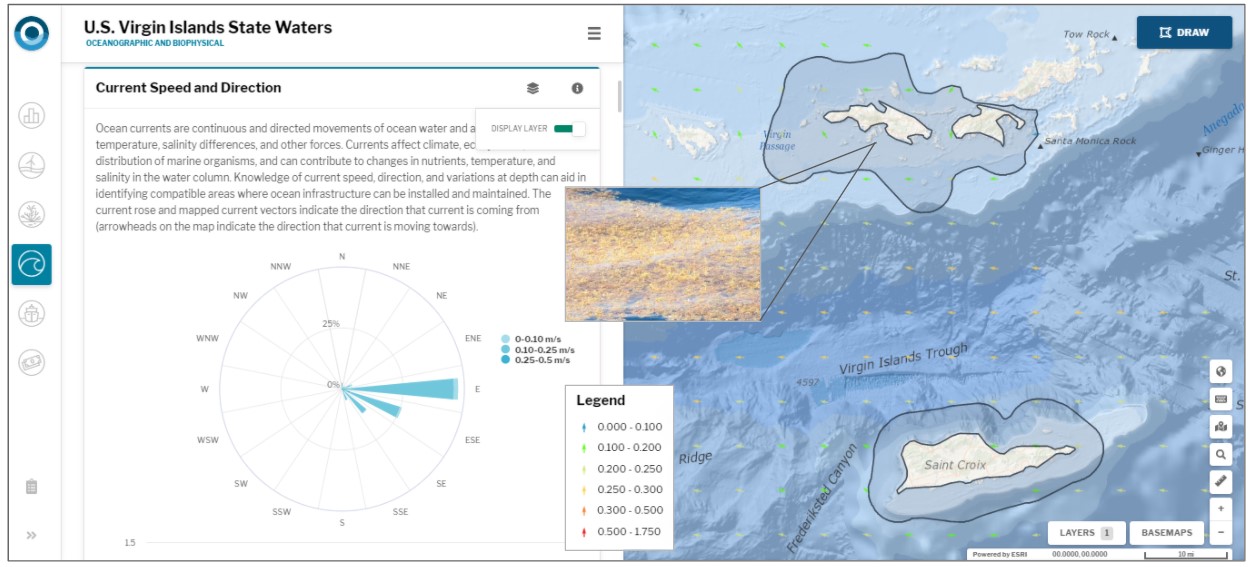Issue
Coastal environments with high terrestrial runoff are particularly vulnerable to eutrophication and declining oxygen levels, which create “dead zones” for marine life. Sustainably scaling the production of marine macroalgae in offshore oceans for renewable fuel has the added benefit of removing carbon dioxide and excess nutrients from these areas.
Process
To enable the United States to become a global leader in the sustainable production of marine biomass, while minimizing conflicts with human activities and marine species, Fearless Fund—an innovation organization dedicated to solutions that produce food, feed, and fuel in oceans while protecting the ocean environment—works with the Department of Energy’s Macroalgae Research Inspiring Novel Energy Resources program and the Coastal Aquaculture Siting and Sustainability team at NOAA’s National Centers for Coastal and Ocean Science.
The collaborative efforts of the team proved to be an ideal combination of marine spatial planners, biologists, oceanographers, and engineers. Using the OceanReports tool and remote sensing techniques, the team has been able to visualize and model oceanographic and biophysical data, as well as current and wind conditions, to track the algal biomass. In addition, pioneer efforts are underway in the Gulf of America to design ways to grow and harvest macroalgae, and the team is now assessing U.S. Exclusive Economic Zone areas of the Caribbean Sea for areas that would be favorable to initiate this sustainable mariculture effort.
Impact
Through this collaborative effort and using OceanReports, the team is able to learn how the ocean can assist with macroalgae mariculture while reducing the impact to the ocean environment. Benefits from this process include the following:
- Floating algal biomasses remove excess nitrogen and phosphorus, as well as carbon dioxide from the water, resulting in a healthier ecosystem.
- Plant or animal biomasses grown in the ocean, or mariculture, have the potential to save costly inputs of fresh water, land area, and fertilizers needed for land-based agriculture.
- Native floating species transported by currents rather than traditional infrastructure held in place minimizes the gear needed for aquaculture. This reduces the potential for additional ocean pollution and the risk of animal entanglement.
- Utilization of natural processes allows the team to exceed Department of Energy targets, while bringing economic benefits to surrounding areas. (2020)

